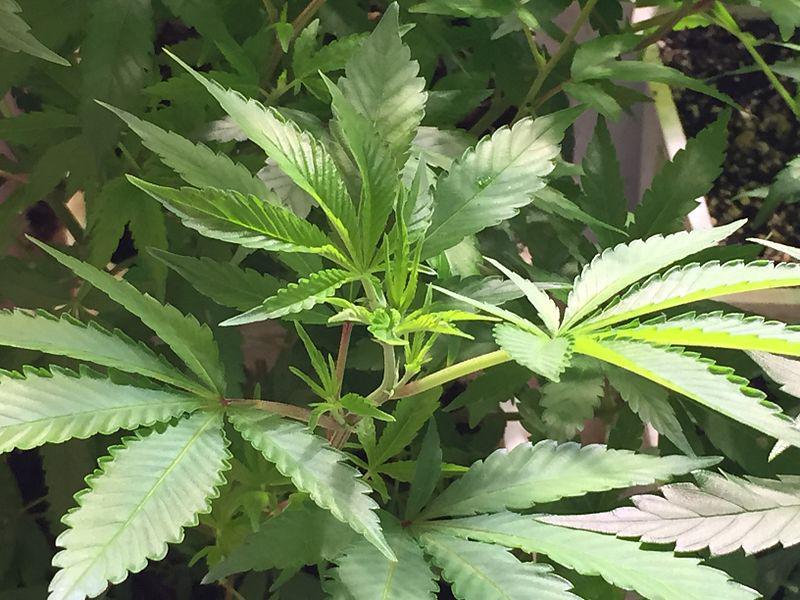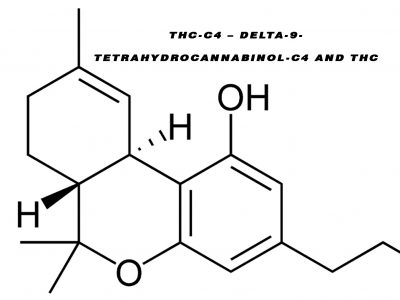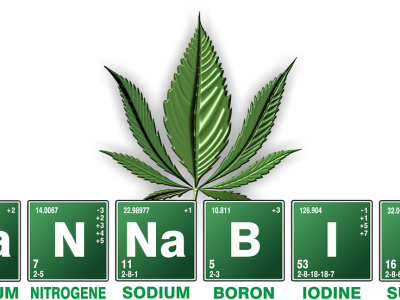Cannabichromevarin (CBCV) Makes Marijuana a Medicinal Powerhouse

Cannabichromevarin (CBCV) cannabis healing
Cannabinoids, otherwise referred as CBD, have gained a lot more popularity in the marijuana and medical communities. If you don’t have any clue, whatsoever, about cannabinoids, these are major chemical compounds found in three species of cannabis plant – indicia, ruderalis and stiva.
Among many, one of the examples of cannabinoid is Cannabichromevarin – CBCV!
Understanding Properties of Cannabichromevarin – CBCV
We have been familiar with Cannabichromevarin since it was isolated from a typical cannabis plant, in Thailand, and by researchers of University of Nagasaki, back in 1975. However, there has been no specific research on the compound since it’s discovered.
Cannabichromevarin has a C19H26O2 molecular formula and known as propyl cannabinoid. This means that this cannabinoid has a propyl chain in the molecular structure. Unlike its counterpart CBC (Cannabichromene) that has a pentyl chain; CBCV branches off and has a propyl chain. This indicates that Cannabichromevarin has same effects as that of CBC, but with slight differences.
What Makes CBCV Different From Other Cannabinoids?
It is not explicit what makes CBCV different and unique from other CBDs. We cannot speak of differences precisely. Indeed they do differ in their molecular structure. Since there has been no adequate research on this compound, we have less definitive information about its impact on the human body. There is some cannabinoids propyl that works likewise their counterparts while some other offer distinctive effects one can’t find in other CBDs.
Two prominent examples of ways in which propyl chain may affect the properties of cannabinoid are CBDV and THCV. CBD and CBDV are quite identical effects. CBDV specialize in particular health benefits.
However, THCV can dampen or enhance the THC effects, as well as work as an appetite suppressant than a stimulant. So far, we only know that CBCV holds unique potential which we haven’t been discovered yet.
Possible Medical Uses of CBCV
As stated earlier, there is not much research on CBCV in terms of its impact on the human body. But considering its properties and molecular structure, we can assume it having some medical potential.
CBCV hold the potential to relieve seizures in infants and children. The researchers of the Regents of the University of California hold a patent with regards to an anticonvulsant drug for children dealing with seizures. The medicine will majorly contain CBD – cannabidiol. The patent reveals CBC as well as CBCV as the potential compounds. While the patent gives no credence that CBCV relieves seizures, but it provides enough indication that researchers express interest in CBCV possible anticonvulsant properties.
What Medical Conditions Could CBCV Relive?

Cannabichromevarin (CBCV) MED Powerhouse
Considering CBCV has same medical properties to Cannabinoids, it can be helpful in relieving patients having health issues like;
- Major depression
- Chronic pain
- Arthritis
- Crohn’s disease
Since the compound also has anticonvulsant properties, it may also relieve epileptic seizures. These similar medical benefits as that of CBC also means that CBCV will help patients without causing any impairment. However, it can be highly effective in reducing inflammation, relieving pain and improving depression symptoms.





